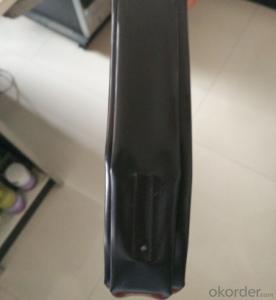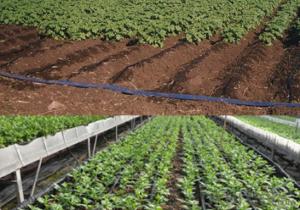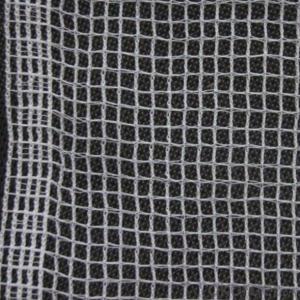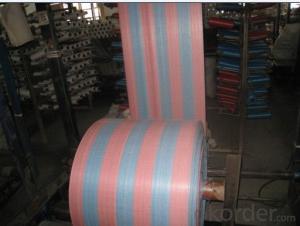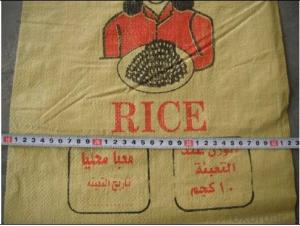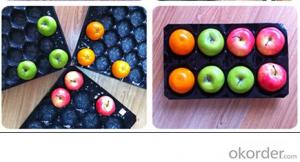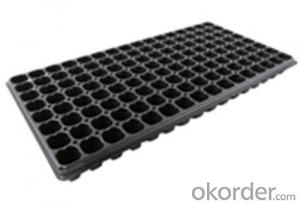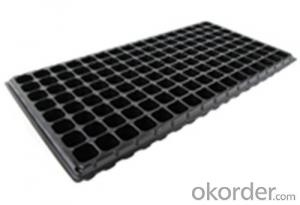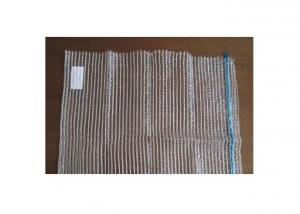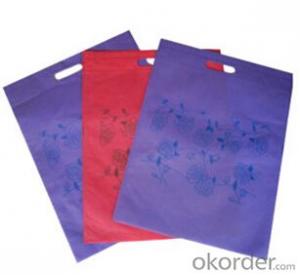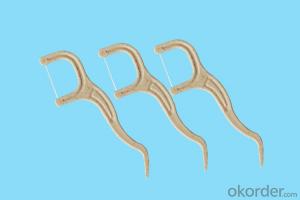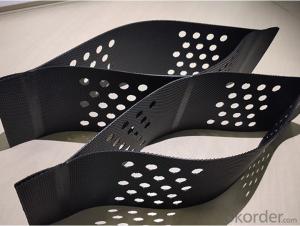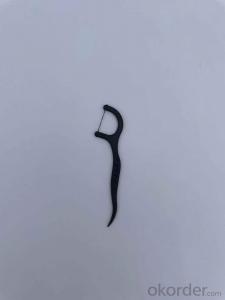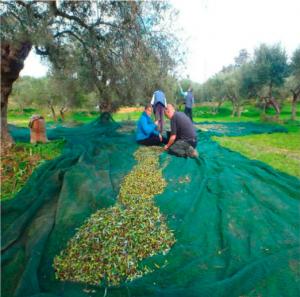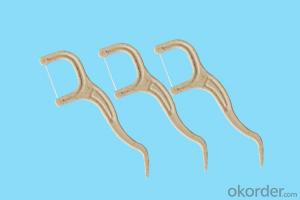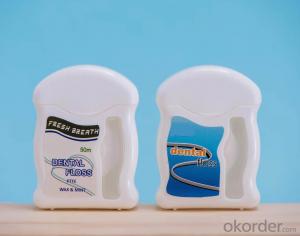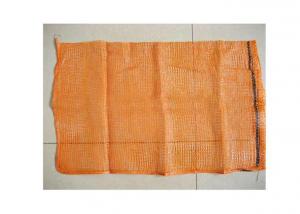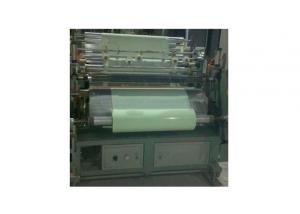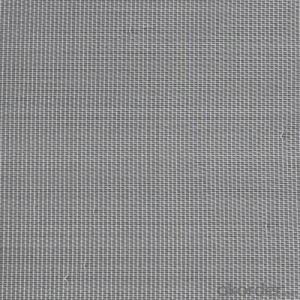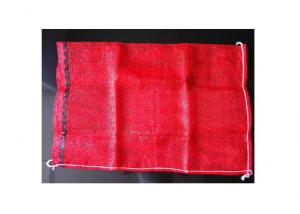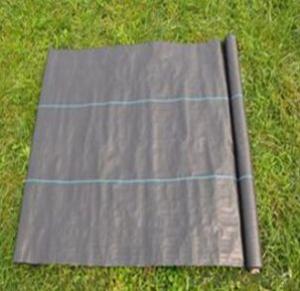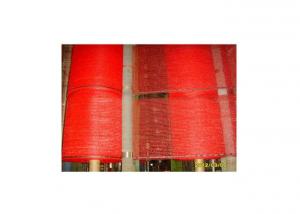Drip Tape or Pipe HDPE Pipe for Agriculture Irrigation System
- Loading Port:
- Tianjin
- Payment Terms:
- TT OR LC
- Min Order Qty:
- 199 m²
- Supply Capability:
- 1999999 m²/month
OKorder Service Pledge
OKorder Financial Service
You Might Also Like

The Application of Drip Tape or Pipe HDPE Pipe for Agriculture Irrigation System:
HDPE Pipe for Agriculture Irrigation System
The layflat hose has a wealth of residential and commercial applications, and it is usually used for general water transfer purposes as well as for submain.Generally layflat hoses are used in the industry of agriculture,in pipe lining and rehabilitation,in removing waste water,in mine dewatering ,in the chemical industry and even for household chores
Features OF Drip Tape or Pipe HDPE Pipe for Agriculture Irrigation System
1. Seamless drip tape with drippers permanently fixed inside. Seamless construction improves ability to withstand pressure fluctuations.
2. With two parallel blue line helps to ensure upright positioning of the dripper.
3. Manufactured from special grade, virgin polymer ensuring close dimensional tolerance and higher strength even at lower wall thickness.
4. Manufactured with the most modern, state-of-the-art equipment. It’s computerized continuous online quality control ensures reliable quality and consistent performance.
5. Hydraulically designed turbulent flow path emitter with wide cross sectional area and precision inlet filter that makes it a truly clog resistant drip tape.
6. Precision laser drilled outlet holes.
7. Extremely low manufacturing coefficient of variation, CVm ensures high field emission uniformity.
HDPE Pipe for Agriculture Irrigation System

The decription of Drip Tape or Pipe HDPE Pipe for Agriculture Irrigation System:
Two layers of PVC bonded together encapsulating high tensile polyester fibers.
Thick wall dimensions and strong yarn structure help products to hold connections and resist bursting.
It assumes the conventional round appearance when pressure is being passed through it and then returns to its flat shape after use.It does not need drying and can be rolled immediately after use.
Features of Drip Tape or Pipe HDPE Pipe for Agriculture Irrigation System:
1.Great durability mainly given by the reinforcement and high-density PVC material.
2.The layflat hoses can have up to 12 inches diameter based on their applications.
3.Extra thickness are added in order to prevent bursting due to pressure in heavy industry.
4.Can be easily rolled up,stored and reused,as it has a very durable construction.
5.The hoses come with a variety of fittings and accessories ensures the water transfer process free of leaking.
6.Temperature range:-5°C~65°C(23~149F)
HDPE Pipe for Agriculture Irrigation System
FAQ Drip Tape or Pipe HDPE Pipe for Agriculture Irrigation System
1.Q:Are you manufactory or trade company?
A:We are the Manufactory specialized in drip irrigation more than 20 years; Our factory have passed IS09000.
2.Q:How can I get the samples?
A:If you need some samples to test, we can make as per your request .You should pay for the transportation freight of samples and our samples cost, while the samples cost can be refundable after you place the order if the amount meets our requirement.
3.Q:How much the transportation freight of samples?
A:The freight depends on the weight and packing size and your area.
4.Q:How long can I expect to get the sample?
A:The samples will be ready for delivery within one week. The samples will be sent via express and arrive in 7-10 days.
5.Q:Can we have our Logo or company name to be printed on your products or package?
A:Sure.Your Logo can be put on your products by Hot Stamping,Printing,Embossing,UV Coating,Silk-screen Printing or Sticker
- Q:Can ground cover be used in areas with heavy foot traffic?
- Yes, ground cover can be used in areas with heavy foot traffic. However, it is important to select a durable and resilient ground cover plant that can withstand constant trampling. Some suitable options include certain types of grasses, low-growing shrubs, and hardy perennials. Additionally, regular maintenance such as mowing, trimming, and providing proper irrigation can help keep the ground cover healthy and resilient in high-traffic areas.
- Q:Why do plastic bottles have that ribbed shape?
- The clever designers of plastic items know where to provide ribbing to strengthen the bottles so that they have the maximum strength without needing to use more material to make the bottle. Without the ribs and the pushed-in bottom the sides and the bottom would bulge outward from the pressure of the liquid inside.
- Q:Can ground cover be used to create a natural mulch?
- Yes, ground cover can be used to create a natural mulch. Ground cover plants, such as low-growing shrubs or spreading perennials, can provide a protective layer over the soil, helping to retain moisture, suppress weed growth, and regulate soil temperature. This natural mulch formed by ground cover plants can also contribute organic matter to the soil as it decomposes, enriching the soil's fertility.
- Q:How do you prepare the soil before planting ground cover?
- To prepare the soil before planting ground cover, start by removing any weeds or grass from the area. Next, loosen the soil using a garden fork or tiller to improve drainage and aeration. It's also a good idea to amend the soil with organic matter like compost or aged manure to provide nutrients. Finally, ensure the soil is level and smooth before planting the ground cover.
- Q:Can ground cover be used to create a low-maintenance alternative to grass lawns?
- Yes, ground cover can indeed be used as a low-maintenance alternative to grass lawns. Ground cover plants like clover, thyme, or creeping juniper can effectively replace grass in certain areas and require less mowing, watering, and fertilizing. They also help in preventing soil erosion and provide a more natural and diverse habitat for insects and wildlife. However, it's important to consider the specific conditions of the area, such as sun exposure and soil type, to select the most suitable ground cover species.
- Q:How do you transplant ground cover plants?
- To transplant ground cover plants, start by selecting a new location with similar soil conditions and adequate sunlight. Dig a hole slightly larger than the plant's root ball and gently remove the plant from its current spot, taking care not to damage the roots. Place the plant in the hole, ensuring it sits at the same level as before. Fill the hole with soil, patting it down gently to eliminate air pockets. Finally, water the transplanted ground cover thoroughly and regularly until it establishes in its new spot.
- Q:What are the different types of agricultural plastic films for silage?
- There are several different types of agricultural plastic films used for silage, including oxygen barrier films, stretch films, and UV-stabilized films. Oxygen barrier films are designed to reduce the amount of oxygen that enters the silage stack, helping to maintain its quality and prevent spoilage. Stretch films are used to tightly wrap the silage, providing a secure and compact seal. UV-stabilized films are specifically designed to withstand exposure to sunlight and prevent degradation from UV rays, ensuring the longevity and durability of the silage cover.
- Q:Can ground cover plants be used to create a natural barrier or border?
- Yes, ground cover plants can be used to create a natural barrier or border. These low-growing plants spread horizontally and densely, effectively covering the ground and preventing weeds from growing. They can be used to create aesthetically pleasing borders or barriers in gardens, while also providing erosion control and reducing the need for maintenance. Moreover, certain ground cover plants, such as creeping juniper or ivy, can act as physical deterrents, making it difficult for animals or people to cross the area.
- Q:Does ground cover attract insects or pests?
- Yes, ground cover can attract insects or pests. Ground cover provides shelter, moisture, and food sources for various insects and pests, making it an attractive habitat for them. However, not all ground cover will attract pests, as some varieties are more resistant or repel certain insects.
- Q:Can nursery trays be used for aquaponics systems?
- Yes, nursery trays can be used for aquaponics systems. Nursery trays provide a convenient and cost-effective way to grow small plants or seedlings in an aquaponics setup. They can be easily adapted to fit into the system and provide a suitable environment for the plants to grow and thrive.
1. Manufacturer Overview |
|
|---|---|
| Location | |
| Year Established | |
| Annual Output Value | |
| Main Markets | |
| Company Certifications | |
2. Manufacturer Certificates |
|
|---|---|
| a) Certification Name | |
| Range | |
| Reference | |
| Validity Period | |
3. Manufacturer Capability |
|
|---|---|
| a)Trade Capacity | |
| Nearest Port | |
| Export Percentage | |
| No.of Employees in Trade Department | |
| Language Spoken: | |
| b)Factory Information | |
| Factory Size: | |
| No. of Production Lines | |
| Contract Manufacturing | |
| Product Price Range | |
Send your message to us
Drip Tape or Pipe HDPE Pipe for Agriculture Irrigation System
- Loading Port:
- Tianjin
- Payment Terms:
- TT OR LC
- Min Order Qty:
- 199 m²
- Supply Capability:
- 1999999 m²/month
OKorder Service Pledge
OKorder Financial Service
Similar products
New products
Hot products
Hot Searches
Related keywords
